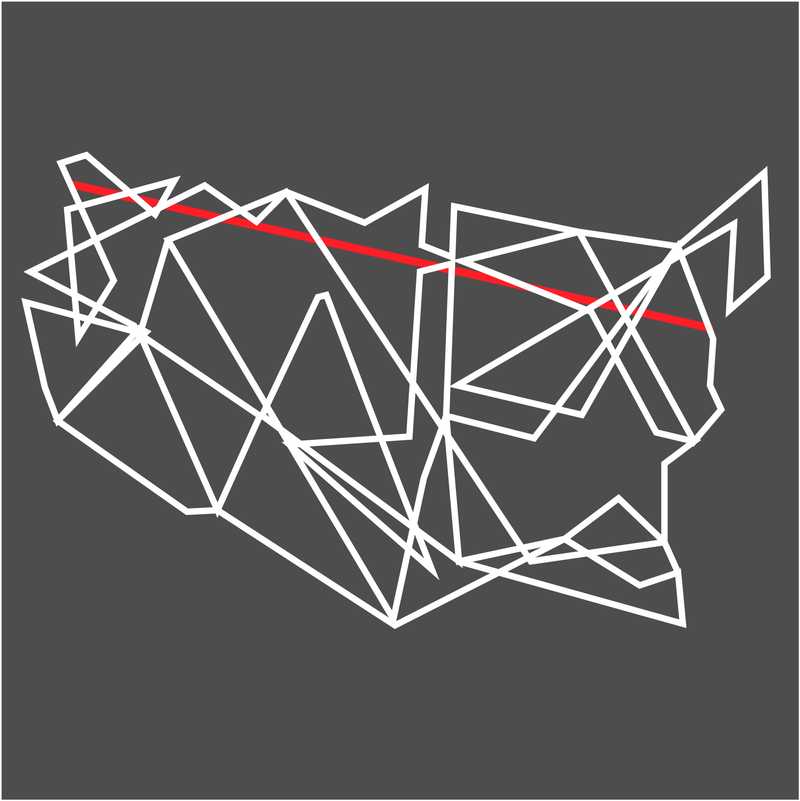Every week, I get a handful of people reaching out who ask "How do I get my first data science job?" This post is a compilation of all the advice I have given out.
Projects, Projects, Projects
One of the best ways to prove you are qualified for a Data Science job is by having experience working on projects.
Don't have projects? No problem. Head on over to Kaggle, pick some datasets that interest you, and brainstorm some interesting problems to solve with it. Kaggle is especially a great resource if you are still new to the data science game as you can look at the analysis others have done and learn from the community.
Not confident with brainstorming? Try a mindmapping approach. Start off with the center question: "What interesting story could I tell with this data?" and have a goal of branching off with 50 different ideas in 3 minutes. The idea here is speed and velocity, not quality of ideas. Allow your inner creator to take over, not your inner editor. Make it a goal to come up with especially stupid ideas. This gives you the freedom to stumble upon some pretty novel thoughts.
Another great place for unique datasets can be found at Data is Plural. This is a weekly newsletter that sends out interesting and new datasets to examine.
Need inspiration? Head over to The Pudding.
Show off your work with a Portfolio
I built my portfolio with a combination of Gatsby and Netlify. It doesn't have to be built from scratch (I just did it because I wanted to learn web development). You can do something more basic like a github webpage or a static HTML page that you load up to a S3 bucket on Amazon. Whatever you choose, I believe it is important to show off your work to the world and receive feedback. This is also a great place to start writing your own thoughts and curating your own opinions.
Before Applying to Jobs
The data science world is known for particularly confusing terminology when it comes to roles: quantitative researcher, data engineer, data analyst, data scientist, ML engineer, and data ninja (my personal favorite). I wrote an article on the differences between the three most common types here.
In short, know what you want role you want to go for. Like telling a story with data? Data Analyst is probably your go to. Love stats and predictive modeling? Perhaps a Data Science or ML Engineer role is more up your alley. Do you live for getting data from point A to point B with fun transformations? Data engineering it is! There is no perfect cutoff and roles tend to blend together. Know what you want and make sure your recruiter knows the nuances. If your recruiter doesn't, that is a pretty big warning sign for me.
Now you are ready to apply
Some of my favorite resources to find jobs:
I recommend aggregating 50-75 job descriptions that you find interesting and put them in a free keyword frequency analyzer you find online. Make sure that your resume reflects the most common words in the job descriptions. (This is just in case the company you are applying to doesn't have time to read through all the resumes and relies on some sort of word choice resume score).
More often than not, I will include a cover letter telling a little bit about my story. I also spent a lot of time on the design of my resume. It was my goal to build something that showcased who I am as an individual: my values, how I spend my time, and my experiences.
Have an interview? Oh boy!
Data Science interviews typically follow something along the lines of the following format:
-
Recruiter phone screen: They are just seeing if you are a good culture fit. Do all your regular homework of researching the company and reflect on what drew you to apply in the first place.
-
Technical phone screen: After a company knows you are a good fit, they generally want to see if you have the technical chops. The technical nature of the interview depends on what role you applied for. Before the interview, I would ask the recruiter what to expect and brush up on the topics he or she mentions.
-
Hiring Manager Screen: The Hiring Manager is the person who would be bringing you on to the company. They generally want to hear about your experiences and understand what value you would bring to the team. By this point you should have a good enough understanding of the company to apply learnings from past projects/jobs to this new company.
-
A project: Now it is time to showoff your skills with something more in-depth. Often companies will give you a take-home assignment and have you come back with a presentation. You will likely present this during the onsite.
-
Onsite interview: The homestretch!!! You are so close. Here you will meet with individuals you will be working with on a day-to-day basis (product, data, engineering, design, user research, etc). My biggest advice here is to know what each stakeholder is looking for. Product will be wanting to hear how data can be used to drive decision making. Data will be interested in the methodology/statistical rigor you bring. Engineering will be interested in how to productionalize models you build. Design wants to hear how you communicate a story. User research wants to make sure you have an understanding of how qualitative drives quantitative. Talk their language.
It's some serious work to get a data science job. Especially if you are in a handful of final rounds all while working a full time job.
But in my experience it has always been worth it. It's my dream job: I get to understand more about the world around me every single day. I hope it's your dream job too. Questions? Feel free to reach out to me!



